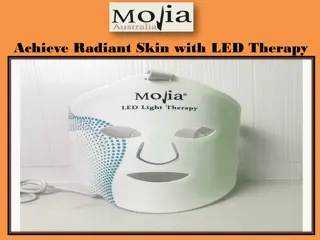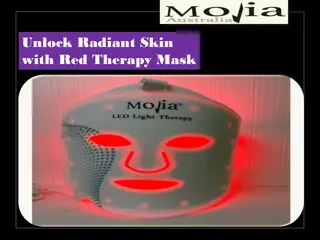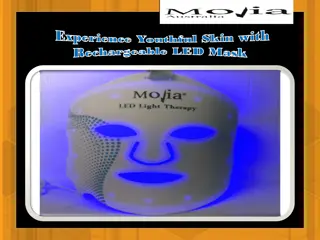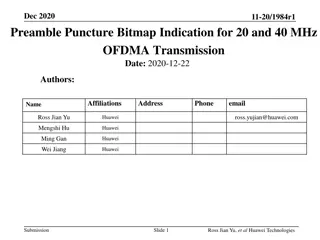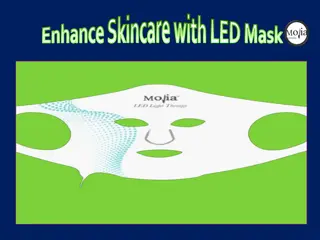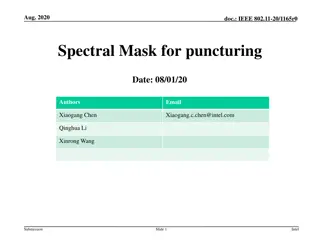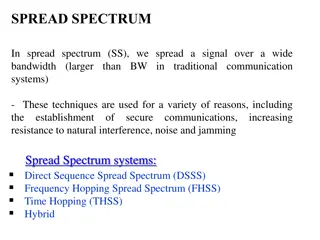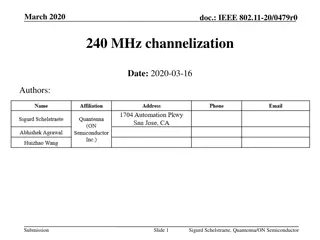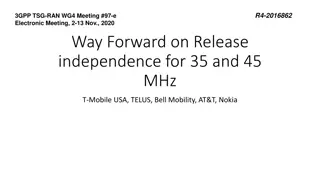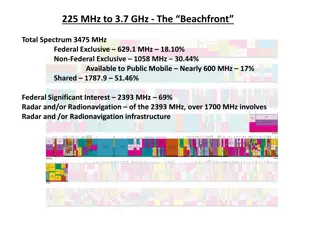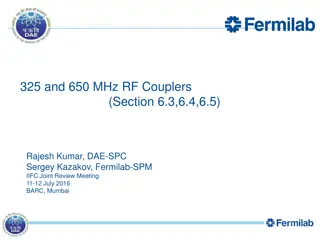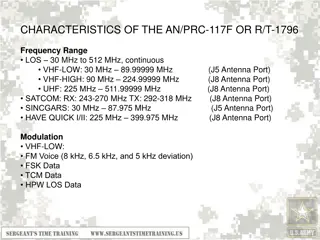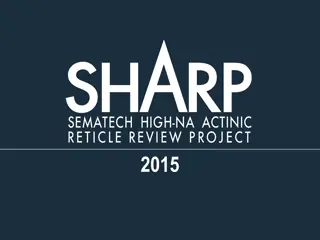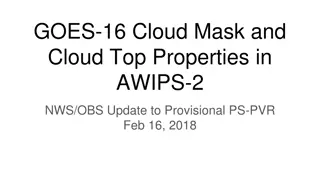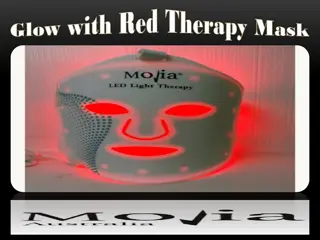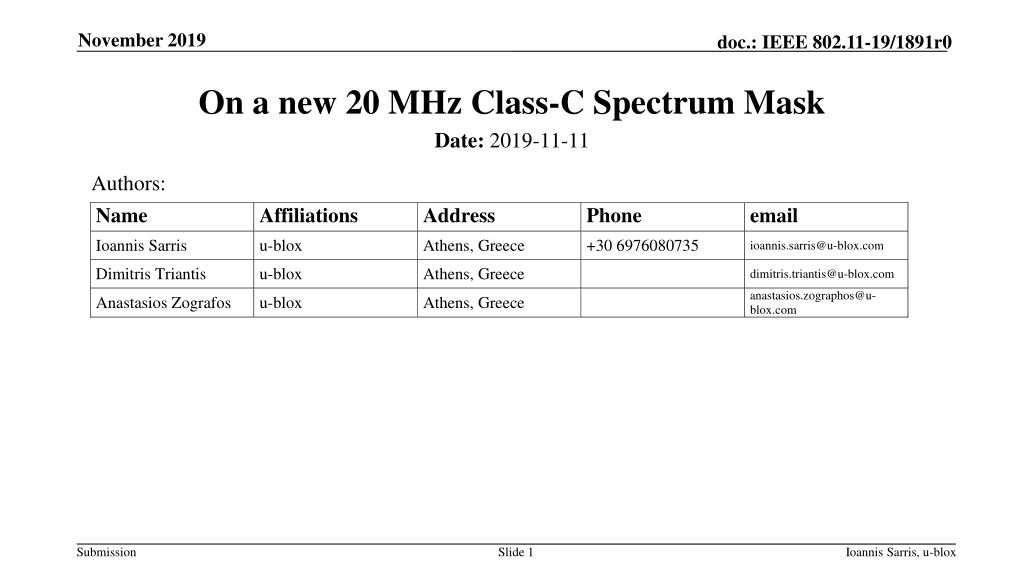
Understanding the IEEE 802.11-19/1891r0 Document
Explore the November 2019 document outlining the need for a more stringent spectrum mask for 20 MHz transmissions to reduce interference. The document discusses compliance validation, measurement setups, waveform issues, Tx power considerations, and the spectrum mask for Class C transmissions. Gain insights into the challenges and solutions in meeting the new spectrum mask requirements.
Uploaded on | 0 Views
Download Presentation

Please find below an Image/Link to download the presentation.
The content on the website is provided AS IS for your information and personal use only. It may not be sold, licensed, or shared on other websites without obtaining consent from the author. If you encounter any issues during the download, it is possible that the publisher has removed the file from their server.
You are allowed to download the files provided on this website for personal or commercial use, subject to the condition that they are used lawfully. All files are the property of their respective owners.
The content on the website is provided AS IS for your information and personal use only. It may not be sold, licensed, or shared on other websites without obtaining consent from the author.
E N D
Presentation Transcript
November 2019 doc.: IEEE 802.11-19/1891r0 On a new 20 MHz Class-C Spectrum Mask Date: 2019-11-11 Authors: Name Affiliations Address Phone email Ioannis Sarris u-blox Athens, Greece +30 6976080735 ioannis.sarris@u-blox.com Dimitris Triantis u-blox Athens, Greece dimitris.triantis@u-blox.com anastasios.zographos@u- blox.com Anastasios Zografos u-blox Athens, Greece Submission Slide 1 Ioannis Sarris, u-blox
November 2019 doc.: IEEE 802.11-19/1891r0 Introduction The use of a more stringent spectrum mask for 20 MHz transmissions (compared to 802.11p Class C) is desirable to reduce Adjacent Channel Interference Compliance with the new mask needs to be validated using common DSRC Power Amplifiers (PAs) Any measurements shall target the high end of transmit power (i.e. >= 25 dBm) where meeting the mask is most challenging Submission Slide 2 Ioannis Sarris, u-blox
November 2019 doc.: IEEE 802.11-19/1891r0 Measurement set-up -20 dB Signal generator Keysight EXG Output power: -6 dBm Frequency: 5890 MHz Waveform: 802.11p 20 MHz MATLAB-generated Spectrum analyzer R&S FSV WLAN add-on Power amplifier Skyworks DSRC 32 dB fixed gain Submission Slide 3 Ioannis Sarris, u-blox
November 2019 doc.: IEEE 802.11-19/1891r0 Issue with specific waveform, can be fixed with proper windowing 0 dB -26 dB -32 dB -40 dB -45 dB -50 dB From f f 25 MHz mask is linear 15 MHz up to Note: Measurement performed at room temperature (~23 C) Submission Slide 4 Ioannis Sarris, u-blox
November 2019 doc.: IEEE 802.11-19/1891r0 Tx EVM: -33 dBm Increasing the Tx power further violates compliance with spectrum mask and reduces EVM (~3dB loss for 1dB more Tx power) Tx power (losses and attenuation are de- embedded): 25.3 dBm Submission Slide 5 Ioannis Sarris, u-blox
doc.: IEEE 802.11-19/1891r0 20MHz Spectrum Mask: Class C Permitted power spectral density, dBr +/-4.5 MHz offset (+/-f1) 0 +/-5 MHz offset (+/-f2) -26 +/-5.5MHz offset (+/-f3) -32 +/-10MHz offset (+/-f4) -40 +/-15MHz offset (+/-f5) -50 11p 10MHz +/-9 MHz offset (+/-f1) 0 +/-10 MHz offset (+/-f2) -26 +/-11MHz offset (+/-f3) -32 +/-20MHz offset (+/-f4) -40 +/-30MHz offset (+/-f5) -50 11p 20MHz Definition is redundant Permitted power spectral density, dBr +/-9.5 MHz offset (+/-f1) +/-10 MHz offset (+/-f2) +/-10.5MHz offset (+/-f3) +/-15MHz offset (+/-f4) +/-20MHz offset (+/-f5) +/-25MHz offset (+/-f6) Class-C2 20MHz -45 0 -26 -32 -40 -50 Submission Slide 6
November 2019 doc.: IEEE 802.11-19/1891r0 Conclusion A more stringent mask than 20 MHz Class C is achievable @ PTx =25 dBm Increasing the power further not only violates mask compliance but reduces Tx EVM to levels where 256-QAM will not be achievable (< 32 dB) Proposed spectrum mask Permitted power spectral density, dBr +/-9.5 MHz offset (+/-f1) +/-10 MHz offset (+/-f2) +/-10.5MHz offset (+/-f3) +/-15MHz offset (+/-f4) +/-25MHz offset (+/-f6) Class-C2 20MHz 0 -26 -32 -40 -50 Submission Slide 7 Ioannis Sarris, u-blox
November 2019 doc.: IEEE 802.11-19/1891r0 References [1] Rui Cao and etc., NGV 20MHz Spectrum Mask and OFDM Numerology: Followup , IEEE 802.11-19/1473r1 Submission Slide 8 Ioannis Sarris, u-blox
November 2019 doc.: IEEE 802.11-19/1891r0 Straw poll Do you agree with the following definition of a 20 MHz Class C2 mask? Permitted power spectral density, dBr +/-9.5 MHz offset (+/-f1) +/-10 MHz offset (+/-f2) +/-10.5MHz offset (+/-f3) +/-15MHz offset (+/-f4) +/-25MHz offset (+/-f6) Class-C2 20MHz 0 -26 -32 -40 -50 Y: N: A: Submission Slide 9 Ioannis Sarris, u-blox
November 2019 doc.: IEEE 802.11-19/1891r0 BACKUP Spectral shaping & compliance with spectrum flatness limits Submission Slide 10 Ioannis Sarris, u-blox


